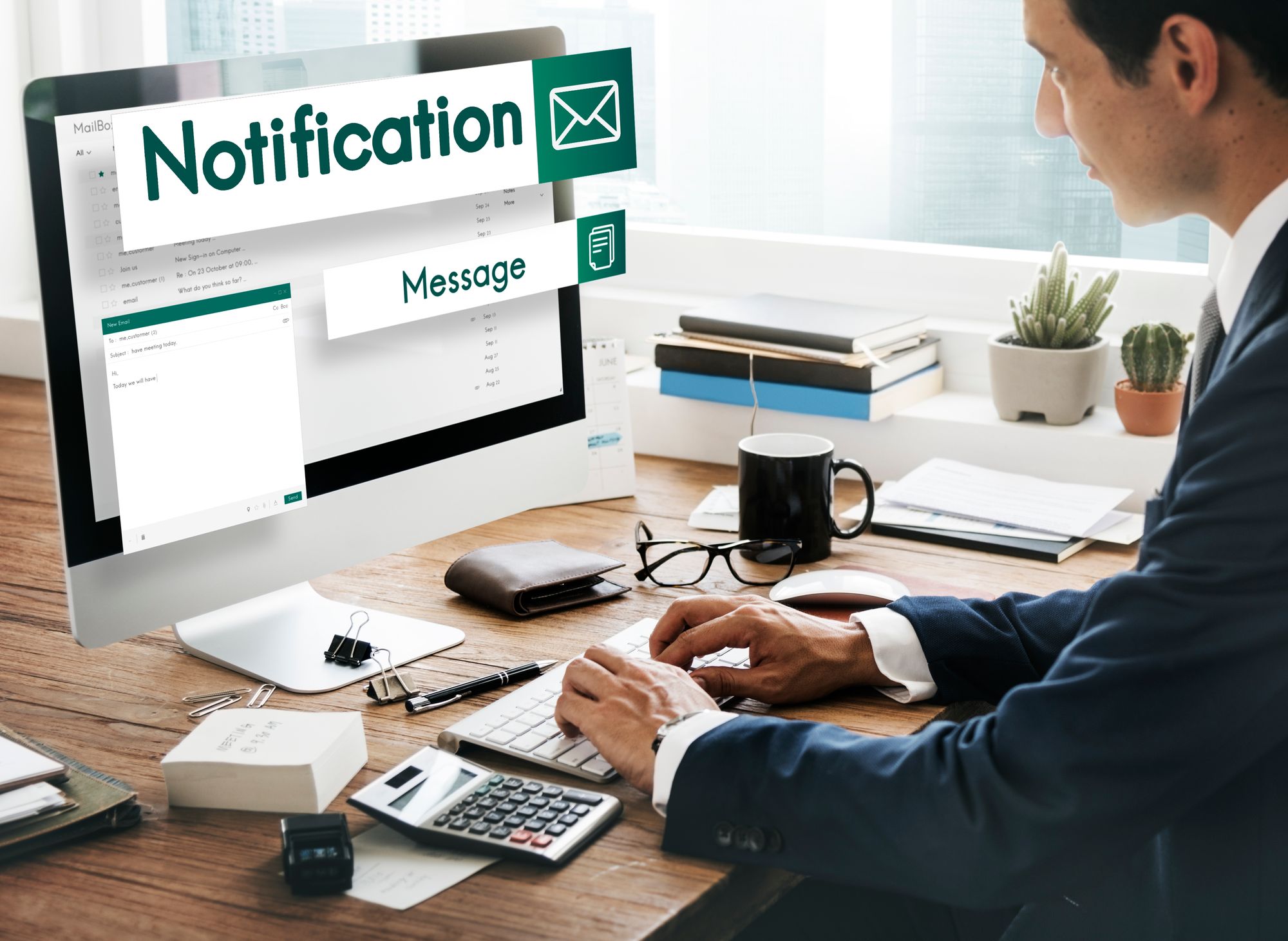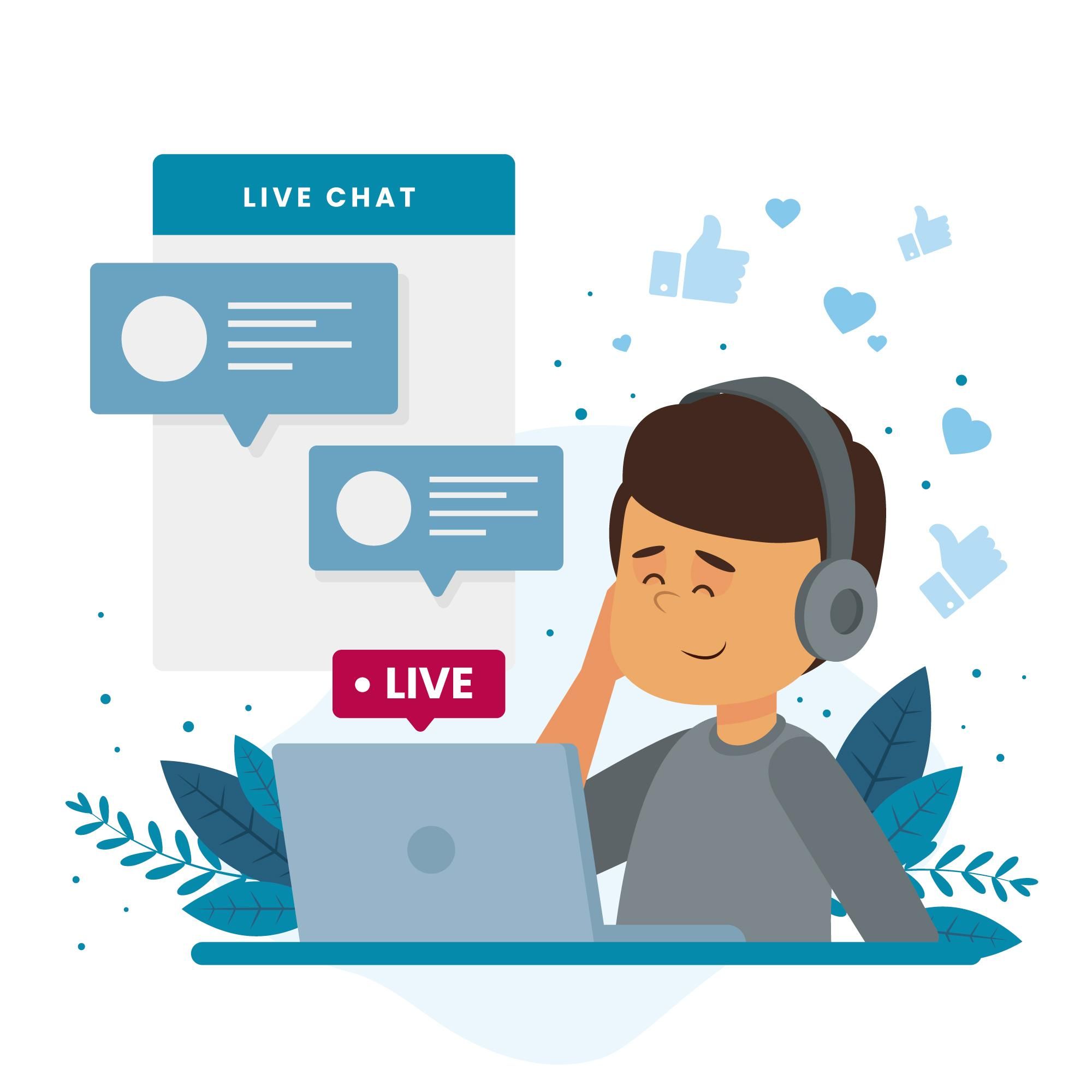5 Tips and Ways for An Informative Customer Onboarding Process

Businesses aim to always give the best user experience to customers. Why? Because it is a key factor that makes or breaks customer retention.
Customer onboarding, on the other hand, is a way to help customers – especially the new ones – figure out a product or service. Aside from being a critical part of the customer lifecycle, it greatly impacts customer satisfaction, retention, and lifetime value.
An informative customer onboarding process is the first step toward a positive user experience. It must provide the information and support that customers need to start using a product or service smoothly. Doing so helps improve customer satisfaction, retention, and lifetime value.
In this article, we'll explore proven tips that are key to a successful onboarding process. But first, let's check out some of the best ways to achieve it.
5 Ways to Successfully Onboard Customers
Emails and newsletters

As a widely used medium, emails and newsletters offer versatility in how customer onboarding is done. Just like email marketing, emails and newsletters allow you to easily find the click performance of your email content – as long as you use the right tools. This lets you know what information to provide customers and send follow-ups that they'd be interested to check.
On top of that, emails and newsletters provide an option to incorporate tips and tricks based on customer interest. As a result, engagement increases which helps build a more personal relationship that gains their trust and loyalty.
A study also found that businesses that use emails see a 138% increase in customer retention.
Video tutorials
People nowadays want to see exactly how a product works from the get-go. Video tutorial is a great onboarding method that effectively communicates how a product or service will work.
Let's be honest, it's easier to follow instructions with videos. With the audio-visual elements that come with it, there are not a lot of things to do – except the onboarding scriptwriting, of course.
Additionally, customers who watched video tutorials were more likely to be satisfied with their purchase and more likely to recommend your product to others. This is apart from how it can help reduce customer support costs by up to 30%.
Platforms like YouTube and Sharelo, are some of the best tools to use for your video tutorials.
Live chat

There's nothing better than getting quick answers to your questions, whether basic or complex. Live chat is a great tool for informative and effective customer onboarding. Chat correspondence helps customers get that "human" interaction that feels personal.
Live chat is a powerful tool that can be used to improve the customer onboarding process. By providing customers with immediate access to support, live chat can help to reduce frustration and confusion, and it can also help to build relationships with customers.
Gladly, AI tools that communicate like a human can be integrated to live chat tools now. This allows businesses to save on manpower without compromising customer experience.
Onboarding checklist

Just like preparing a shopping checklist, an onboarding checklist helps ensure that you don't miss important items for an informative onboarding process. It's so easy to be overwhelmed when you get a new customer onboard. Whenever this happens, it could result in forgetting important items that they need to know.
Making an onboarding checklist makes customer onboarding seamless and accurate. You'll cover important details without sounding all over the place.
User communities
Ideally, you should help every customer get onboard. But there are cases in which savvy customers figure out things on their own. This helps new customers learn new things without the need to directly reach out to businesses.
User communities allow every user to engage with each other and provide tips for using products. With users from different walks of life, sharing product experiences provides relatability and human touch.
If you are looking for ways to improve your customer onboarding process, consider creating or partnering with a user community. User communities can be a valuable resource for new users and can help you create a more positive and engaging onboarding experience.
Overall, user communities allow users to interact while learning about a product or service.
5 Tips to Implement a Successful Customer Onboarding
Understand your customers.
The first step to creating an informative customer onboarding process is to understand your customers. What are their needs? What are their pain points? What are their goals? Once you understand your customers, you can tailor your onboarding process to meet their specific needs.
To create an informative customer onboarding process, of course, you need to understand your customers. Research their needs, pain points that your product or services can address, and the goal they want to achieve.
Though you can ask customers questions to understand them, there are so many things you can find on the internet. Maximize the information you can find over the internet before asking the right questions to customers. This way, they know that you care enough to get to know what they need.
Set clear expectations.
Once you understand your customers, you need to set clear expectations for them. What do you expect them to accomplish during the onboarding process? What resources will be available to them? What support will they receive? By setting clear expectations, you can help ensure that your customers have a positive experience throughout the onboarding.
Ensure that every party is on the same page – what to expect and what's expected of them. When you do this, you'll avoid confusion – or worse conflict – about's who's in charge of what. This then brings us to the next point: communication and collaboration.
Communication and collaboration are easier and smoother when everyone knows about their roles. Now, how do you set clear expectations? Of course, we've got you covered! Below are tips you can note:
- Be specific
- Be realistic
- Be fair
- Be consistent
- Be open to feedback
Make it easy to get started.
Now that you understand your customer and set clear expectations, it's time to get started on their onboarding. And, yes, there are so many ways to do that but here are tips for you:
- Personalize the experience. The more you can personalize the onboarding experience for each customer, the better. This means understanding their needs and goals and providing them with the information and support they need to be successful.
- Keep it simple. The onboarding process should be as simple and straightforward as possible. Avoid overwhelming customers with too much information or too many steps.
- Use visuals. People learn better when they see things, so use visuals to help explain your product or service. This could include screenshots, videos, or infographics.
- Make it interactive. The onboarding process should be interactive and engaging. This will help keep customers' attention and make them more likely to remember what they've learned.
- Provide support. If customers have questions or need help, make sure they know where to find support. This could include a knowledge base, live chat, or phone support.
Use a variety of learning formats.
People learn differently. Since onboarding is about learning, providing one learning option won't work for every customer. This saying, personalized onboarding made available in different learning formats is your way to go. Consider text-based, visual, and auditory learning formats. You can even combine all of them in your customer onboarding.
Provide opportunities for feedback.
Learning isn't a one-way street. While it's true that customers get to learn from your onboarding, it doesn't mean you don't have the opportunity to learn from them, too.
The best way to improve your customer onboarding process is through learning from customers. Getting customer feedback helps you improve customer onboarding, increase customer satisfaction, gather details about your customers' needs, and build a personal relationship with them.
Personalize Customer Onboarding for Customers
At the end of the day, you'd want your customers to get the best experience when using your product or service.
Personalizing and creating an informative customer onboarding is the first step towards achieving that. We hope that our five tips help you become better prepared to provide what customers need to successfully use your product or services. And to help you even further, you can check out our five ways to create personalized customer onboarding.
